**Note: I adapted a blog I originally wrote for the MurderSheWrites blog, and the examples are from my book NIGHT MAGIC in my Wing Slayer Hunter Series.
I love writing fight and action scenes, which might seem odd since I’ve never taken a formal martial arts class in my life. However, one of my earliest memories is seeing my older brother do a flying jump, snap a kick in midair and break a board held by my other brother. One of my brothers went on to become a black belt, compete all over, and eventually he co-owned a karate studio with a friend. I used to hang out at the studio and watch them spar all the time. It was terrifying and exhilarating. I remember the long wall of mirrors and the blue mat, the pungent smell of sweaty men, the sounds of flesh hitting flesh, the shouts and grunts, and how fast it all moved. One thing that has stayed with me is the glint in their eyes when they saw a weakness in their opponent then planned and executed a strike—all in a second or two.
It’s all vivid and tactile in my memory.
And that’s exactly how a fight scene, or any action scene, should read in a book. It must be vivid and present, not distant and vague. The reader wants to see and feel with the point of view character. Here are some of my tips:
Establish point of view and stay there. This character should the one with the highest stakes of your characters who have a POV in the book. This scene needs to move both the plot and emotional arcs forward. Here’s Example # 1 from NIGHT MAGIC:
Phoenix sprinted around the side of the building, followed the blood trail of the witch to a ladder on the side of the church and started climbing.
It was an A-line roof two stories up. Damn, he wasn’t a fan of heights. Why couldn’t people do their business on the ground? Hell. He grabbed the edge of the roof and silently hauled himself up to the wickedly slanted top. The tiles were slick, and he had to lay flat on the slope to keep from sliding off. He looked around while digging his fingers into the raised edges of the tiles. The witch was standing and clinging to the cross that stood proudly at the front tip of the roof. The scent of her blood was stronger. His gut cramped with need while the pores opened up, desperate to feel the warm relief of her blood. It made his skin so sensitive, every scrape hurt like a burn.
The man chasing her was directly between them, belly-inching his way closer and closer to his prey. Seeing that set off his fury. Oh hell, no.
The rogue was so crazed with the need to get to the witch’s power-laced blood that he wasn’t paying attention to what was coming up behind him.
The tile under Phoenix’s left hand creaked and pulled up, causing him to lose his grip. Swearing silently, he slid down an inch, got another hold and steadied himself. The copper-stinking rogue was a foot closer to the witch. Phoenix had had enough of this shit. He slipped his knife from the holster at his back and put the blade between his teeth. Then he army-crawled a few more feet, dug in his left hand for a strong hold on the tiles, and grabbed the rogue’s calf.
Swear to all the gods and demons, he’d better not fall off this roof. It wasn’t the heights he hated, but falling. Anytime he fell, he had a horrible feeling he was going to burst into flames. Plus landings were always a bitch.
In this example, we are deep in Phoenix’s head, and we feel the stakes, well actually he’s afraid of falling. But seeing the rogue tormenting the terrified witch outweighs his fear. We can feel his struggle not to fall off the damn roof while determined to save that witch. Being in Phoenix’s point of view means we are living the scene in his voice, which is reflated in phrases like “copper-stinking rogue” and “landings were always a bitch” and lots of swearing, LOL. Staying in one POV keeps the reader anchored and able to see and experience the fight with the characters almost as if living it themselves. Of course, there are circumstances when more than one POV will be used, just make sure it doesn’t dilute the experience for the reader.
Use active, not passive, writing in a fight scene (and I can think of a time when I broke my own rule!). This is a fight scene with the hero Phoenix trying to rescue a witch from two rogues (bad guys), and Phoenix ends up stabbed. By the way, “…ends up stabbed” is passive. We don’t want to tell the reader what happens with passive writing, we want to show them through active writing. Here’s Example #2 from NIGHT MAGIC that I hope illustrates the concept:
Phoenix leaped into him, knocking him to the ground and stabbing straight through to his heart. He twisted hard, making sure he was dead.
The smell of burnt skin set off warning bells in his head. He threw himself off the rogue and rolled.
He felt something fly by his shoulder but miss, leaving the stink of sulfur.
He rolled to his feet and whipped around, trying to find it. Was Quinn Young here with his Immortal Death Dagger? He heard the sound of a truck barreling up the road, but he focused on that smell.
Something tugged at his brain, some memory.
Then he saw the small knife, no bigger than his hand but black as sin, flying toward him. What the fuck? That wasn’t the Immortal Death Dagger from Young’s arm! He dove, and it missed. Dirt filled his nose and mouth, but adrenaline pumped like cheap beer. He jumped to his feet, turned around, and oh fuck, now there were two of those mini-daggers reeking of burnt skin and sulfur!
He snapped his chain, knocking both knives to the ground. They bounced off, shot back up and came at him again.
The truck was closer. He darted a quick look as he evaded the two knives once more. Key’s truck, he realized as he worked his way toward it, still evading the two knives.
A sharp pain arrowed into his back, right into his kidney. Instant, blinding agony boiled through him. Two thoughts exploded in his mind—there had been a third mini-dagger, and that mark he’d seen on Young?
Notice that everything is moving fast. The scene’s paragraphs are short, and the sentences vary in length with some very short and punchy to keep the tempo up, yet still give the reader just enough description to stay in the scene. For instance, the first sign of a new danger is the smell of burnt skin. That’s unexpected enough that sticks out in Phoenix’s mind and triggers an internal warning. That’s normal, but Phoenix doesn’t analyze it. Instead, he reacts, jumping to his feet and looking for the new threat. The scene must keep moving, and the character needs to have more questions than answers to keep tension rising.
Choreograph the scene. Draw out the setting and all your characters on paper. It helps you build a visual in your head and then you know where everybody in the scenes is and what they are doing. You must keep track of everyone through your point of view character’s eye. That way you don’t start out with five people in a fight and two just fade away never to be seeing or heard from again. It also helps to prevent a knife from morphing into a gun, or a dog suddenly appearing out of nowhere to conveniently distract the villain. Drawing it out really helps—even with my stick figure drawings.
Action/fight scenes must be build your plot and emotional arcs, otherwise they are just boring filler. Gratuitous fight scenes are as boring as gratuitous sex scenes and slow a book down. But if you create fight scenes with emotional stakes that build tension, they turn a book into a page turner. We do that by raising the stakes with surprising revelations, new questions and escalating threats, and also by foreshadowing. So in Example 1 we learn Phoenix is afraid of heights. That’s not only a character revelation, but it’s foreshadowing about who Phoenix really is which they find out later. In Example 2 above, we learn of the new threat–the mini dealt daggers, and shows us that the antagonist’s powers are growing stronger. Then when Phoenix is cut by one of those daggers, it spins the story in a new direction. Give your fight and action scenes the emotional stakes and plot twists and turns to transform your book into a page turner.
Those are just a few of my suggestions to write fight and actions scenes. Feel free to jump in with your suggestions!

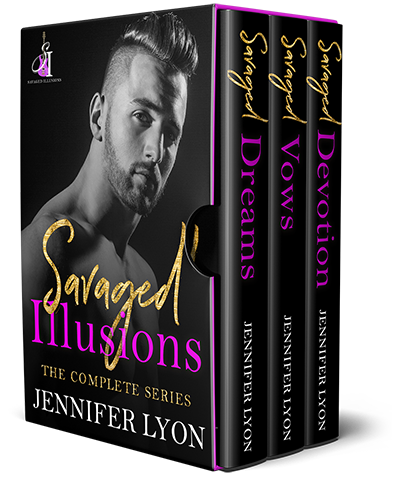
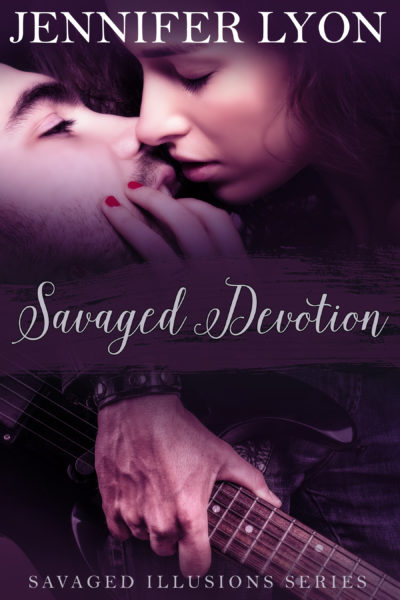

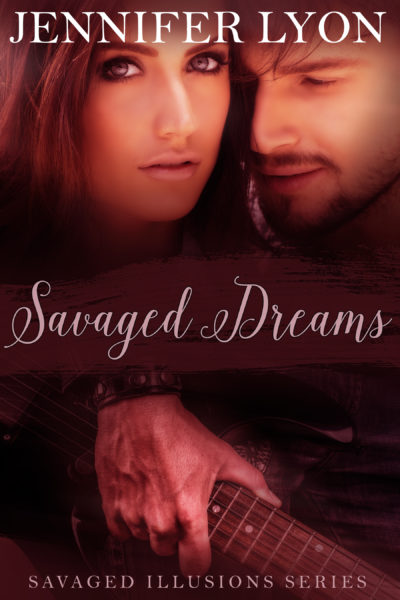

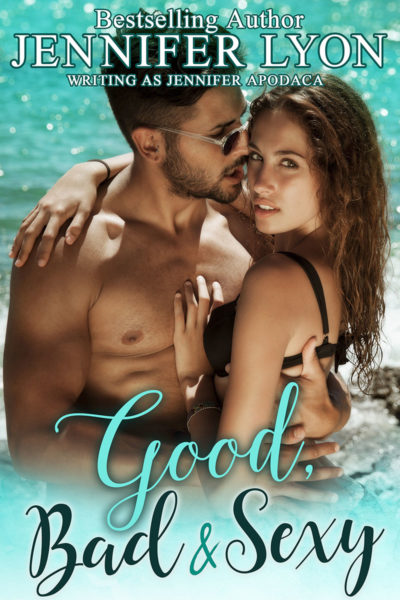
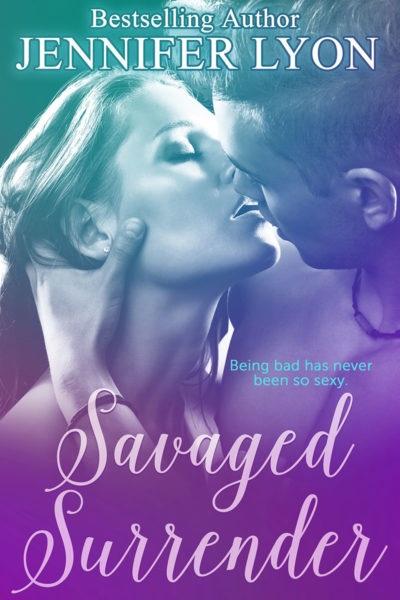
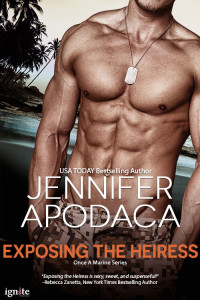
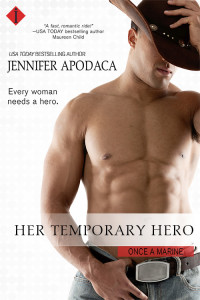

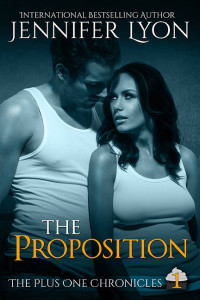
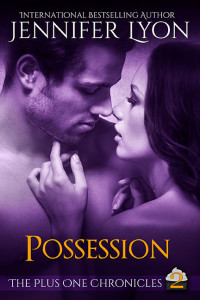
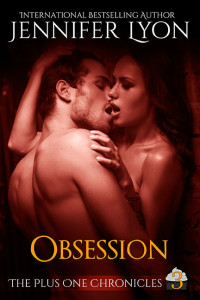
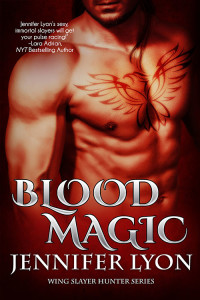
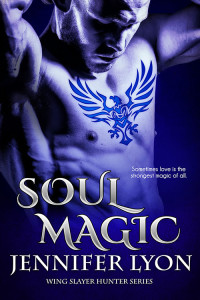

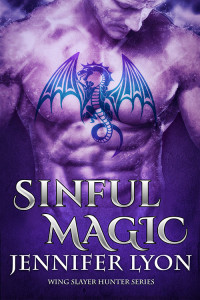

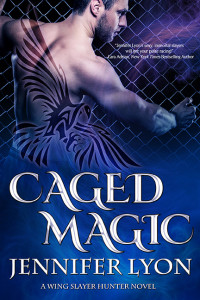


February 3rd, 2021 at 8:36 am · Link
Excellent post. And no, I have nothing to add. You hit all the points and made me think about how I handle not only fight scenes but any scene where the emotion needs to stay amped-up for the reader. These are not the times for loads of description, backstory, profound exposition, etc. Short, gritty, power-packed punches of words.
February 3rd, 2021 at 11:45 am · Link
I totally agree that the writer needs to be in deep POV mode when writing fight scenes. Short and punchy sentences, each word picked to show not tell. Longer sentences to draw out the suspense but not slow down the pace.
And yes, you DO write good fight scenes. Great advice here, Jen, and thanks for the reminder about Phoenix and NIGHT MAGIC. I totally need to reread all the Wing Slayer Hunter books!
Great advice here, Jen, and thanks for the reminder about Phoenix and NIGHT MAGIC. I totally need to reread all the Wing Slayer Hunter books!
February 3rd, 2021 at 4:20 pm · Link
Good post. I’m learning from these Wednesday posts how you write, not that I will ever write ;). Your fight scenes are always very good, on point and full of action.
Thank you.
Loved Maggie’s strut today ;).
Have a great afternoon.
February 3rd, 2021 at 5:47 pm · Link
B.E., glad it made sense to you You’re exactly right on keeping the emotion amped up. Easy to say, and hard to do.
You’re exactly right on keeping the emotion amped up. Easy to say, and hard to do.
February 3rd, 2021 at 5:50 pm · Link
Silver, thanks so much! I used Phoenix because his “voice” is so distinct, or at least it seemed that way to me when I was writing his story
February 3rd, 2021 at 5:54 pm · Link
Viki, I worry that these are really boring for non-writers, so thank you!
Maggie made me laugh too. She desperately misses her real walks, but we only have to wait another week or so.